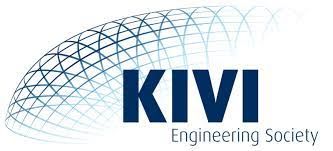CFD Optimizing electrolyzer performance with MICROGRID® Expanded Metals
Electrolyzers are advanced electrochemical devices that require precise management of liquids and gases transport to efficiently function, particularly at high hydrogen production rates. To ensure efficient transport of reactants into the cell, and products out, a variety of materials can be employed to enhance overall performance. Expanded metals are one such open area material that is advantaged in that it is produced in a highly scalable and economic process involving a simultaneous slit and stretch process that yields up to 90% more finished product output than raw material input. Once expanded, these foils can be stacked with specific configurations to allow for optimized mass transport based on the cell frame and stack pressure configuration. With over 60 years of experience in the hydrogen economy, PPG is a trusted provider of engineered materials, offering expanded metal foils with thicknesses as low as 0.002 inches and a range of 1 to over 8500 openings per square inch. Figure 1 highlights key expanded metal terminology and parameters that PPG can modify during the expansion process.
Computational fluid dynamics analysis: To facilitate product selection and showcase the functionality of PPG Microgrid expanded titanium as a flow field component, we have employed computational fluid dynamics (CFD) to analyze its integration into a porous transport layer (PTL) assembly. For this work a bi-layer assembly of PPG Microgrid expanded titanium product, product code: 10Ti12-125, was used with the long way of diamond opening oriented 90º from each other. This is the minimum number of Microgrid expanded metal materials necessary for water distribution, as the two-layer, 90º orientation allows for flow in all directions. Hydrodynamic properties of water flowing across a 2-layer Microgrid assembly were computationally determined with the imposed boundary conditions. The output from this analysis is show in Figure 2, where you can see the inlet and outlet water channels at the bottom and top of the figure, respectively. This computational analysis confirms that the 2-layer Microgrid expanded metal flow field efficiently distributes water across the cell as there is an even horizontal pressure drop.




)
)
)
)
)
)
)
)
)
)
)
)
)
)
)
)
)
)
)
)
)
)
)
)
)
)
)
)
)
)
)
)
)
)
)
)
)
)
)
)
)
)
)
)
)
)
)
)
)
)
)
)
)
)
)
)
)

)
)

)
)
)
)
)
)
)
)
)
)


)
)
)
)
)
)

)
)

)
)
)
)
)
)
)
)

)
)
)

)
)
)
)
)
)
)
)
)


)
)
)

